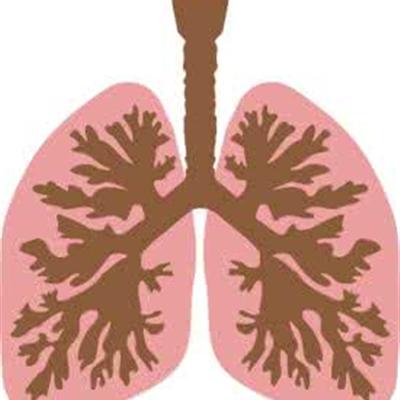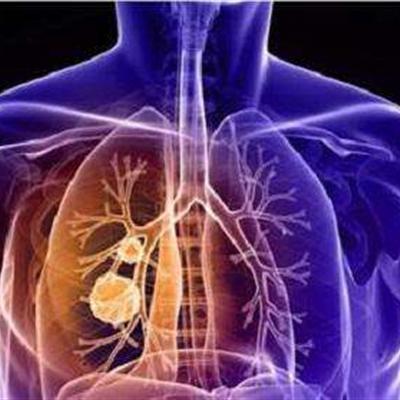How to diagnose pulmonary atresia?
summary
Many diseases are congenital, such as pulmonary atresia. Pulmonary atresia with intact ventricular septum refers to atresia of the main pulmonary artery, pulmonary valve and left and right bifurcation of the pulmonary artery, often accompanied by different degrees of right ventricular and tricuspid valve dysplasia. The ventricular septum was intact and the relationship between the great arteries was normal. Now let me talk about how to diagnose pulmonary atresia?.
How to diagnose pulmonary atresia?
First, the diagnosis can be made by physical signs, chest X-ray, electrocardiogram, cardiac color ultrasound, CT, MRI, right heart catheterization and cardiography. CT and MRI can show the development of pulmonary artery and the establishment of collateral circulation. Right heart catheterization and cardiography are the key to show the disease.

Second: more than 90% of the children had cyanosis at birth or within a short time after birth, and the cyanosis was gradually aggravated. The degree of cyanosis mainly depends on the blood flow to the lung through the ductus arteriosus and other systemic pulmonary artery traffic. If the ductus arteriosus is small and cyanosis is severe, all survivors have clubbing fingers (toes). Growth and development disorders, often after activity palpitations, shortness of breath, but rarely crouch. If the body lung traffic is large, cyanosis is light, easy to suffer from respiratory tract infection, often early heart failure. If the ductus arteriosus tends to close, cyanosis will be aggravated. The partial pressure of arterial oxygen can be reduced to 20mmhg, and the saturation of blood oxygen is only about 40%. Right heart failure is more common in patients with tricuspid regurgitation, including hepatomegaly, edema and apical galloping rhythm. If natural labor, general children can develop better, after birth cyanosis, dyspnea and metabolic acidosis.

Third, the natural prognosis of pulmonary atresia with intact ventricular septum is very poor. 50% of the children died two weeks after birth, and 85% died six months after birth. The main causes of death were hypoxia and metabolic acidosis, especially after closure of ductus arteriosus. A small number of children survived to childhood mainly by large atrial septal defect and patent ductus arteriosus, and a few children survived to adulthood by large lateral branch circulation.

matters needing attention
The treatment was based on the shape of the right heart, especially the size of the funnel. If the conditions are suitable, biventricular repair surgery can be selected. If not, modified biventricular repair surgery can be used.
















